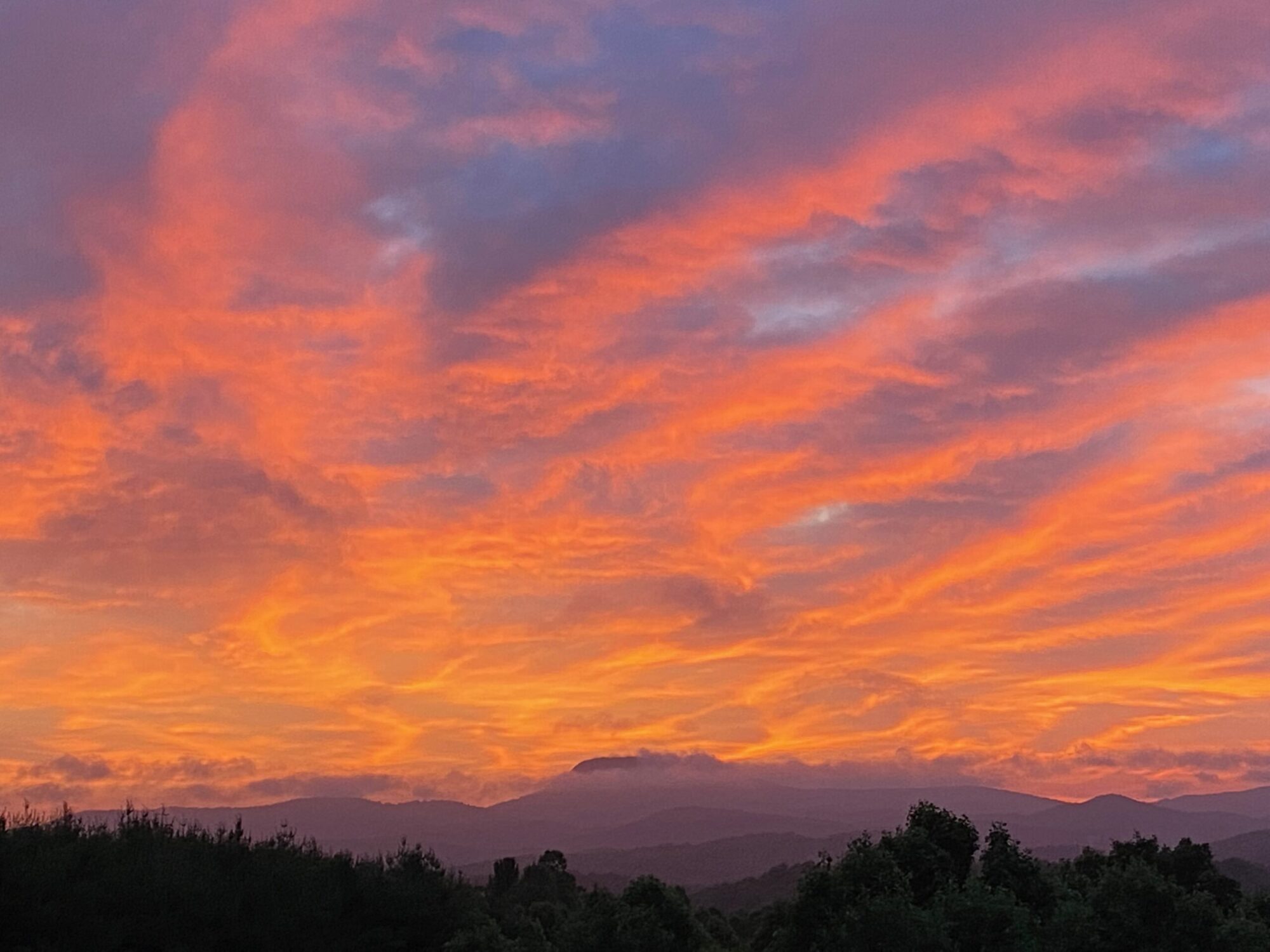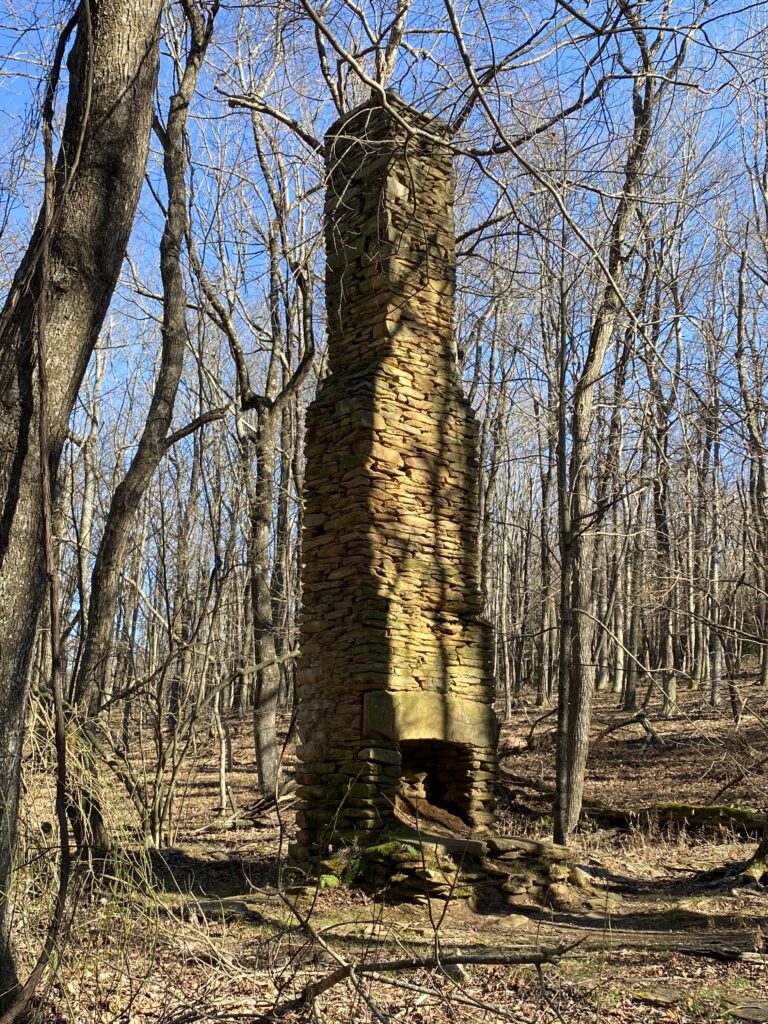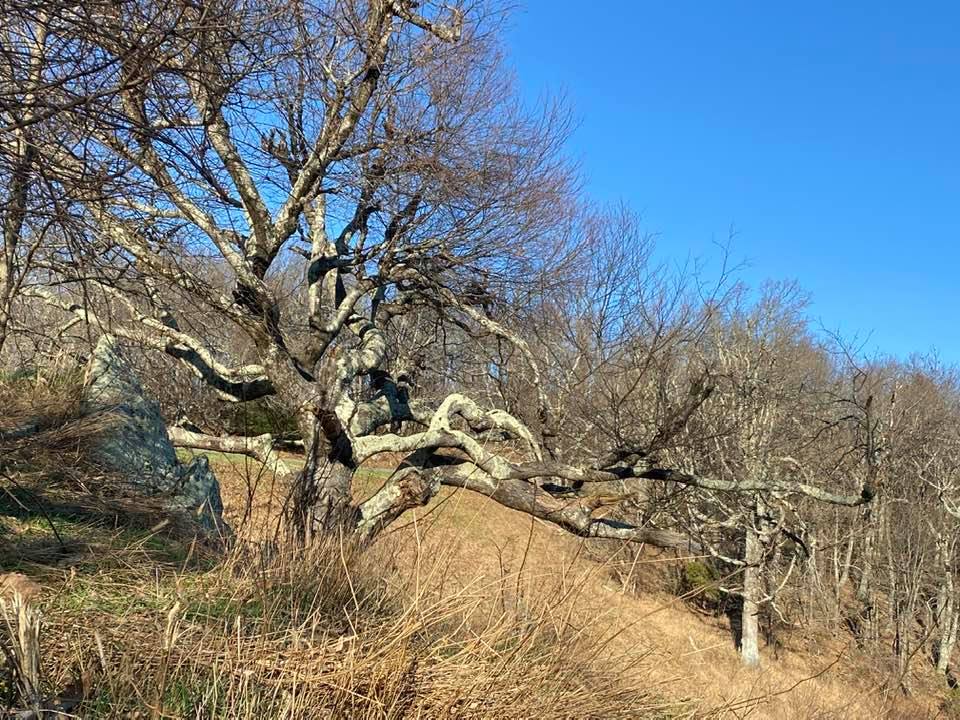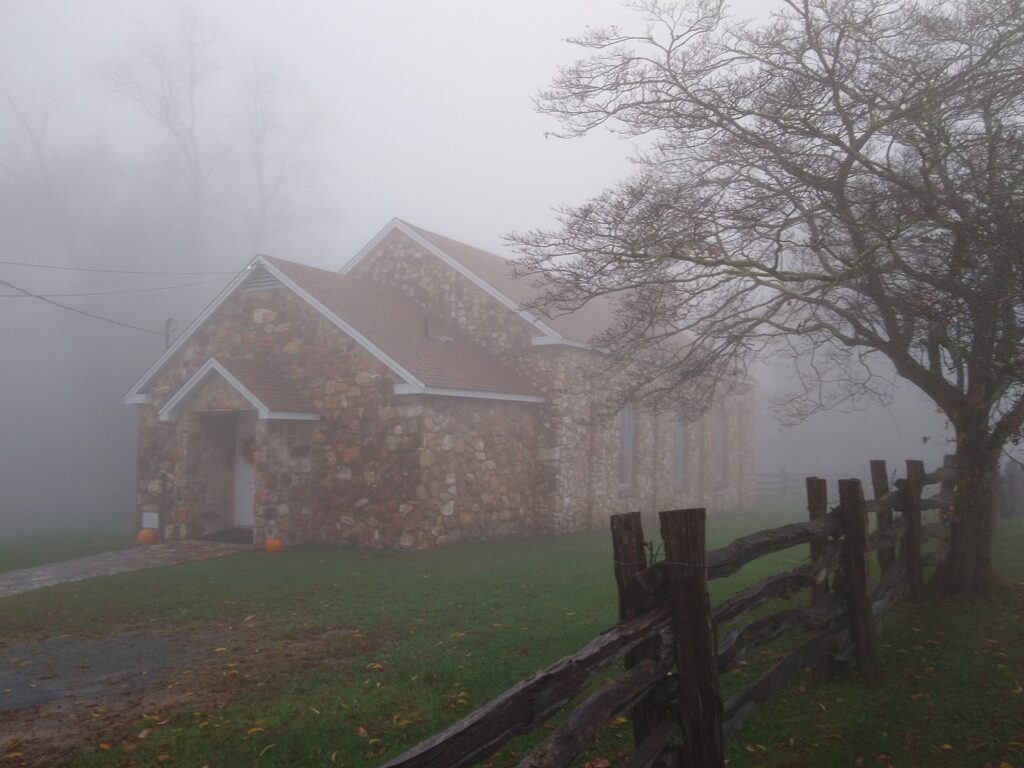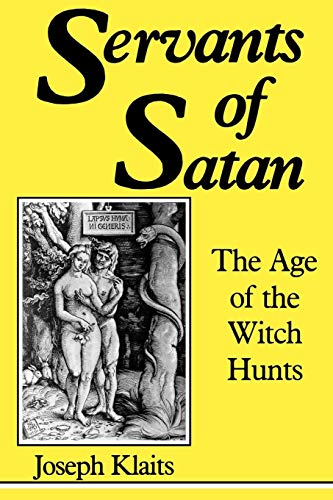Jeff Garrison
Bluemont and Mayberry Churches
November 22, 2020
Psalm 100
©2020
Setting the stage:
One of my favorite Georgian authors is Ferrol Sams. A physician by trade, he began writing later in his life. I’d read most of his books before moving to Georgia and highly recommend his three-volume memoir.
In volume two, which is about his college years in the late 1930s, he writes about one of his professors. This professor asked his class how long it takes someone to go from the whining question, “Why me, Lord?” to the mature question, “Why not me, Lord? Both maintain the accent on the word me. But the one negative syllable separates two entirely different philosophies.”[1]
This is a good question. How long does it take to shift our focus from ourselves to God? The intent of the 100th Psalm, which we’ll look at today, is to encourage such a shift.
After the Scripture Reading:
Joy is essential to the Christian life. It’s a gift from God. It’s not the pursuit of happiness we in Americans so cherish. What we consider as “happiness” is transitory and fragile. Happiness often depends on external circumstances. For me, it might be the Pirates winning the pennant. If that’s the case, I haven’t been happy in a long time.
You see, happiness is contradictory. Hope rises on the sound of a well hit ball. The crowd holds its collective breath as the ball sails deep. The centerfielder runs and leaps high with his glove extended as he crashes into the wall. He falls to the ground. Then he stands. A grin comes across his face as he pulls the ball from his glove. The home crowd moans. The batter, who for a moment thought he was a hero, kicks the dust and heads toward the dugout. Some win, others lose. Some celebrate, others mope…
The Pirates might be a long shot for the World Series, but this might be the year the Steeler’s take it all. A virtual Superbowl party, anyone? Enough about sports.
Joy in an unshakable and unchanging God
A friend of mine commenting on this passage wrote, “This Psalm tells us that the joy we find in God is unshaken and unchanging because it is based on something lasting and unchanging.”[2]Get that? Something lasting! Yes, there will be plenty of disappointments in life to weight us down, such as homeruns stolen by a talented centerfielder, but true joy has another foundation.
True joy, of the everlasting variety, is found in God. To quote the prophet Isaiah, “the flower withers, the grass fades, but the word of God will stand forever.”[3] In other words, all we cherish and love in this life will come to an end. Flowers are beautiful only for a few days or maybe a week. Youth lasts but for a few seasons. Friends and loved ones die. If we are looking for eternal happiness in our lives here on earth, we’ll always be disappointed.
Focus on God, on that which is eternal, and we’ll be ready to join the chorus marching into heaven making a joyful noise. “Worship,” as the late Eugene Peterson once said, “is the strategy by which we interrupt our preoccupation with ourselves and attend to the presence of God.”[4]
We should want to worship God, to offer prayers of thanksgiving, to shout praises. Focus on God. True joy is knowing God and that we are loved by our Creator. We are claimed by our maker.
Psalm 100 is about the joy in God which “is the motive power of faith.” Our joy in God will lift our hearts.[5]
A Psalm of Worship
This a Psalm of worship. It was probably originally sung by the Hebrew people as they gathered in the Jerusalem temple. The first two verses serve as a call to worship.
Imagine the chief priest standing at the temple’s gate. He’s in his finest robe. Suddenly trumpets blast, quieting the crowd. Then, in a loud voice, the priest summons the multitude: “Make a joyful noise, worship the Lord with gladness, and come into his presence with singing.” The crowd responds, breaking into a round of “Holy, Holy, Holy.” If it’s November, they might sing “Now Thank We All Our God.”
“Know that the Lord is God, that he made us,” the third verse reads. “We are his, the sheep of his pasture.” We’re reminded why we’ve gathered. Our one purpose is to worship the Almighty.
God is king, but also a caring shepherd. Those gathered in front of the temple, preparing to enter, recognize they are to put away thoughts of grandeur for themselves. Furthermore, they are to put away petty differences between one another. This is not the place or time for selfishness or bickering. All who have come are to be together, in unity, in worship.
The same is true for us. We are to leave our petty differences at the door of the sanctuary. Worship isn’t about us; it’s about our God.
The message of Psalm 100
This may be a short Psalm, but it has a wonderful message for those of us who gather Sunday after Sunday to worship. “Psalm 100 initiates worship and sets forth a theology of worship,” according to one commentator.[6] The focus of the Psalm, as we learn in the fourth verse is God. As the final verse indicates, we worship because God is good, loving and faithful.
Gratitude
A key to being a Christian is gratitude. I don’t know how one can be a Christian and not feel it. Gratitude grows when we have our priorities right. Gratitude is not only good for our souls, it’s good for bodies.
A few years ago, there was an article in the Wall Street Journal that spoke on what we might do to benefit from this feeling:
“Gratitude is good for us in many ways. Studies have shown it strengthens our immune systems, helps us sleep better, reduces stress and depression and opens the door to more relationships. But to reap those rewards, we need to do more than feel grateful. ‘The word ‘thanksgiving’ means giving of thanks.’ says Dr. Emmons (a psychologist at University of California at Davis). ‘It is an action word. Gratitude requires action.’”[7]
Did you catch that? Gratitude requires action. We can’t just receive all the goodness God has given us without sharing. This is the meaning behind the secular holiday we celebrate this week. Thanksgiving is to be a time of sharing. The mythology of the holiday, whether or not it happened this way, captures a truth of gratitude. Pilgrims and Natives sharing a meal around the table in an expression of gratitude.
True gratitude leads to generosity. It’s a personal issue, one that we each need to struggle with and decide for ourselves. Are we generous? Are our lives gracious? Do we love God, our Creator, and want to praise him in thought, word, and deed?
The Psalm calls us to worship, but our worshipful attitude should be more than just what we do on Sunday morning. Likewise, we should be thankful more than just this Thursday.
Our thankfulness, our worship, should flow forth from our lives, from our hearts. It’s what should be most evident when others see us. Last night I saw a meme on Facebook in which someone asked an Amish man if he was a Christian. His answer was shocking. “Ask my neighbor,” was his response. Do others see us as Christians?
This Thanksgiving
In closing, let me say a little bit about this Thanksgiving. Unfortunately, the Center for Disease Control and many physicians are recommending that we not do much sharing around the table this year. Face it, sharing COVID would be a Thanksgiving downer. So maybe we need to revision just how we might share gratitude this year.
Maybe, instead of stuffing ourselves on turkey and dressing and cranberry sauce, we should spend this Thanksgiving a little quieter. We could spend a few minutes alone with God, reading Psalms of Thanksgiving.[8] We could also make a phone call or two. We could write a letter to a family member we miss seeing or to a long-lost friend. We could support Thanksgiving offerings where the money goes to those in need.
As we take these actions, remember to give thanks to God for the blessings we have. And let others see your gratitude. Amen.
[1] Ferrol Sams, The Whisper of the River (NY: Penguin Books, 1986), 498.
[2] Laura Smit, “Come, Let Us Worship and Bow Down,” Reformed Worship, #52 (June 1999), 14.
[3] Isaiah 40:7.
[4] Eugene Peterson was the translator of The Message (a Bible translation) and author of over 30 books on ministry and faith. This quote came from a tweet. (@PetersonDaily, November 12, 2017).
[5] Artur Weiser, The Psalms, Herbert Hartwell translator, (Philadelphia: Westminster, 1962), 645.
[6] James L. Mays, Psalms (Louisville: John Knox Press, 1994), 321
[7] Clare Ansberry, “Cultivating a Life of Gratitude, The Wall Street Journal (November 14, 2017), A15.
[8] Some additional suggestions of “Thanksgiving Psalms” from Walter Brueggemann, The Message of the Psalms: A Theological Commentary (Minneapolis: Augsburg, 1984), 125-139: Psalms 30, 40, 138, 34,65, 66, and 124.
